AN archaeological survey conducted in Lower Base revealed significant structures built by the Japanese at the former seaplane base long before invasion in 1944.
David G. DeFant, who formerly served as a director of historic preservation programs in the CNMI, Palau and American Samoa, and principal investigator and office manager for Southeastern Archaeological Research Inc. headquartered on Guam, described the surviving structures as “remarkable.”
During his presentation at the first Marianas History Conference, DeFant said, “The construction evidence on the ramps and all the other buildings and facilities is quite extraordinary. It’s very well engineered.”
The structures, he said, were in sharp contrast to those built by the Japanese shortly before the invasion which were done in haste.
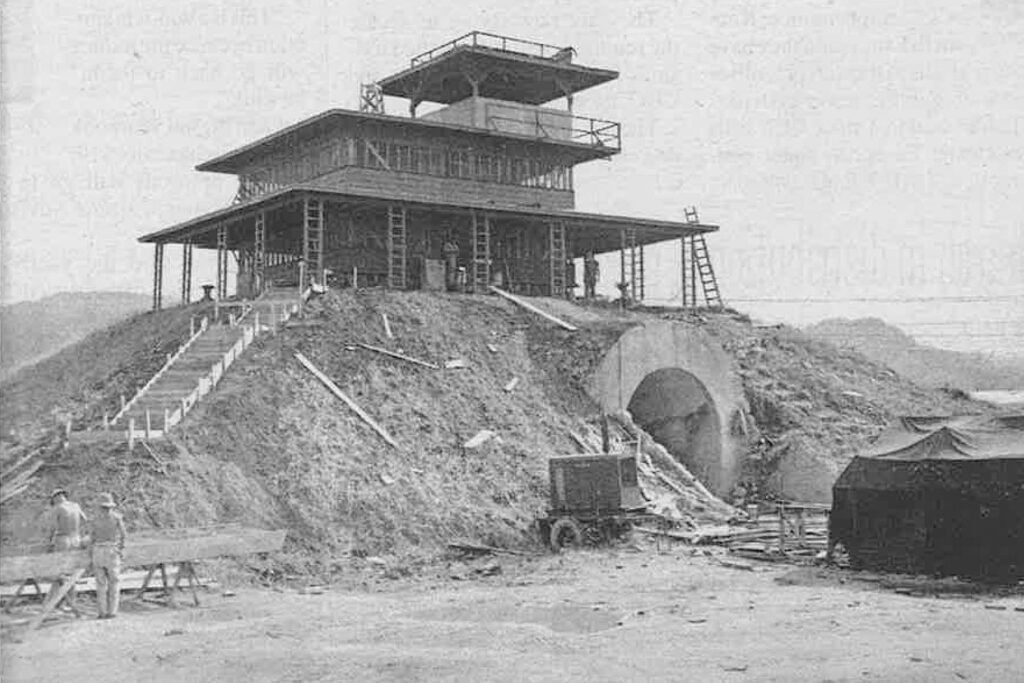
It was the CNMI Historic Preservation Office that initially conducted an investigation in 1987 and its work resulted in the identification of 14 features comprising the former Japanese seaplane base.
In 2011, Micronesian Archaeological Services, or MARS, and ARCGEO Inc. undertook an archaeological survey and monitoring investigations that revealed previously undocumented features of the WWII Japanese seaplane base at Puntan Flores.
Some of the features identified include seaplane ramps, apron ways, air raid shelters, cisterns, fuel bunkers and drains in the vicinity of Commonwealth Utilities Corp. power plant facilities.
DeFant believed there could be more buried features of the former seaplane base, and efforts should be directed toward preserving the extant structures.
Marveling at these structures quality, Defant showed how, for example, the concrete drainages are well-built. “The drainage system was beautifully engineered, and still functioning today.”
He also said differentiating between structures built by the civilian Japanese, military Japanese, and the U.S. military “wasn’t easy.”
“It took a lot of work. It took a lot of comparison of concrete examples to definitively say that the particular feature was Japanese or American in origin,” he said.
Historical sources
DeFant acknowledged that most of what he obtained was derived from American military sources.
A “focus on the American military resources has excluded, to a very large degree, Japanese perspective and indigenous perspective and involvement in the site,” he noted.
Because the information was obtained from military sources, DeFant said “much of it is based on military intelligence reports.”
Reliance on the military sources excluded the Japanese and indigenous perspectives, he said.
These deficiencies, however, can be remedied in the future.
Historical background
Construction at the Puntan Flores began long before WWII broke out.
“The Puntan Flores seaplane base was constructed between 1934 and 1935,” DeFant estimated.
However, prior to the construction of the facility, there was controversy.
The controversy, he said, related to the hypothesized militarization of Saipan, which involved infrastructural development and improvements to the port and to As Lito airfield.
This controversy, he said, later led Japan to formally leave the League of Nations and the Washington Treaty of Naval limitations as well.
In his presentation at the Marianas History Conference, DeFant also noted that the Japanese presence in the region began in the late 19th century.
“By 1910, most traffic at the port was Japanese.”
He also discussed how the Japanese took control of the islands from the Germans during WWI, and the Japanese Naval Administration’s control of the islands until 1922, when the civilian government was installed under the League of Nations mandate.
“During the 1920s and 1930s, Saipan witnessed rapid development,” he said.
With development came a significant migration of Japanese to the islands.
“By 1938, 59,000 Japanese, mostly Okinawans, lived in the Northern Marianas,” said DeFant, adding that this was in sharp contrast to the German period when there were only 200 foreigners on island.
Initially, the construction of the seaplane base “was basically civilian.”
He clarified, however, that there were also military engineers involved in the project.
He noted that at the same time the Japanese were constructing the seaplane base on Saipan, they were also building similar facilities on Yap and Palau.
In 1935, DeFant said the base was regularly used by a Kawanishi seaplane operated by Dai Nippon Kokku, a Japanese airline.
“This was purely civilian in nature,” said DeFant.
He said that this airline provided regular service between Saipan, Yokohama and Palau.
“This regular service wasn’t fully established until 1938,” he said.
The air service went from Yokohama to Saipan, then to Chuuk, Pohnpei, Jaluit and back again.
According to DeFant, there was no indication that a military aircraft was based at Puntan Flores prior to approximately 1939.
“Prior to 1941, the base consisted of one seaplane ramp,” he said.
DeFant said that between 1939 and 1940, the Japanese began a formal militarization of Japanese possessions in Micronesia.
“This process included the transfer of Puntan Flores base to military control,” he said.
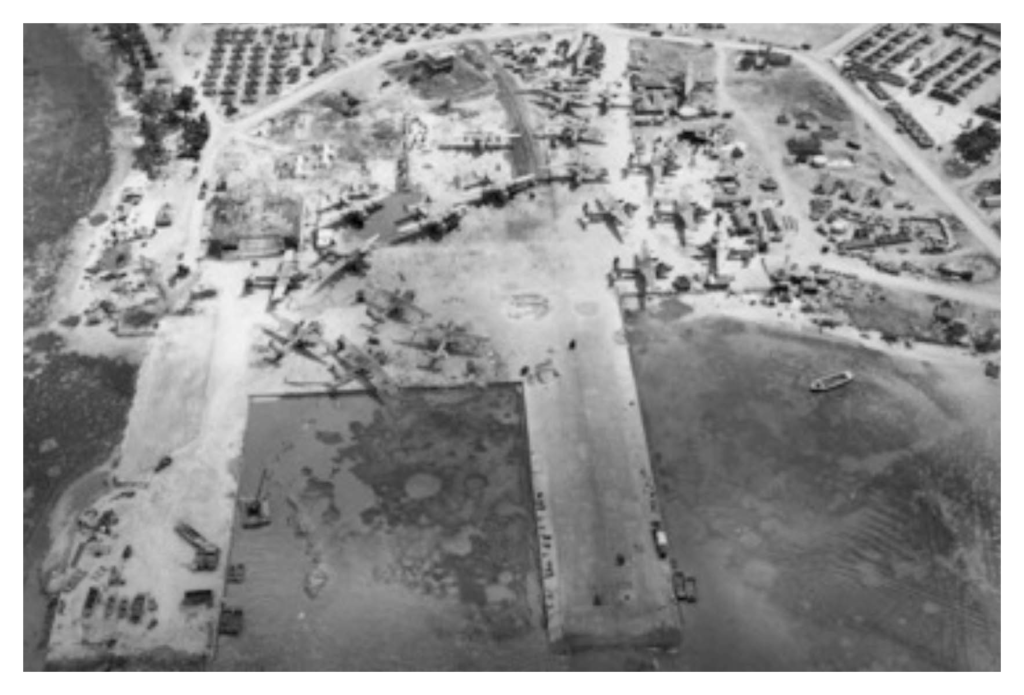
According to DeFant, by 1941, the Puntan Flores base was composed of 65 buildings including two seaplane ramps, steel hangars, shops, semi-underground ammunition magazines, barracks, warehouses and nine air raid shelters.
DeFant said that compared to the civilian facilities created before the militarization, additional structures “didn’t put a lot of effort into the engineering.”
By 1944, the seaplane base was under U.S. military control, following the invasion.
DeFant said the Americans significantly expanded the facility because of the larger aircraft they were using.
He also said the Japanese fuel bunker was converted by the Americans into a communications tower.
DeFant also said that the base was formally closed, either in 1949 or 1950.
Beginning 1952, the base was utilized by the Naval Training Unit of the CIA.
Puntan Flores acquired the name “Lower Base,” DeFant said, because the CIA headquarters were on Capital Hill, otherwise referred to as the “Upper Base.”
The rest of the CIA facility, down at the Puntan Flores seaplane base, was called “Lower Base.”
DeFant says he recognized the significant role that the Puntan Flores seaplane base played in the history of the islands and WWII.
He suggests that more investigations be done to identify extant structures.
DeFant also expressed his hope that the area will one day be nominated to the U.S. National Register of Historic Places.
He believes that in any case, efforts should be made to preserve the structures discovered, and he recognizes the area’s potential for heritage tourism.
(Note this story appeared in Marianas Variety and in the earlier iteration of this website — which unfortunately lost its contents during maintenance work.)



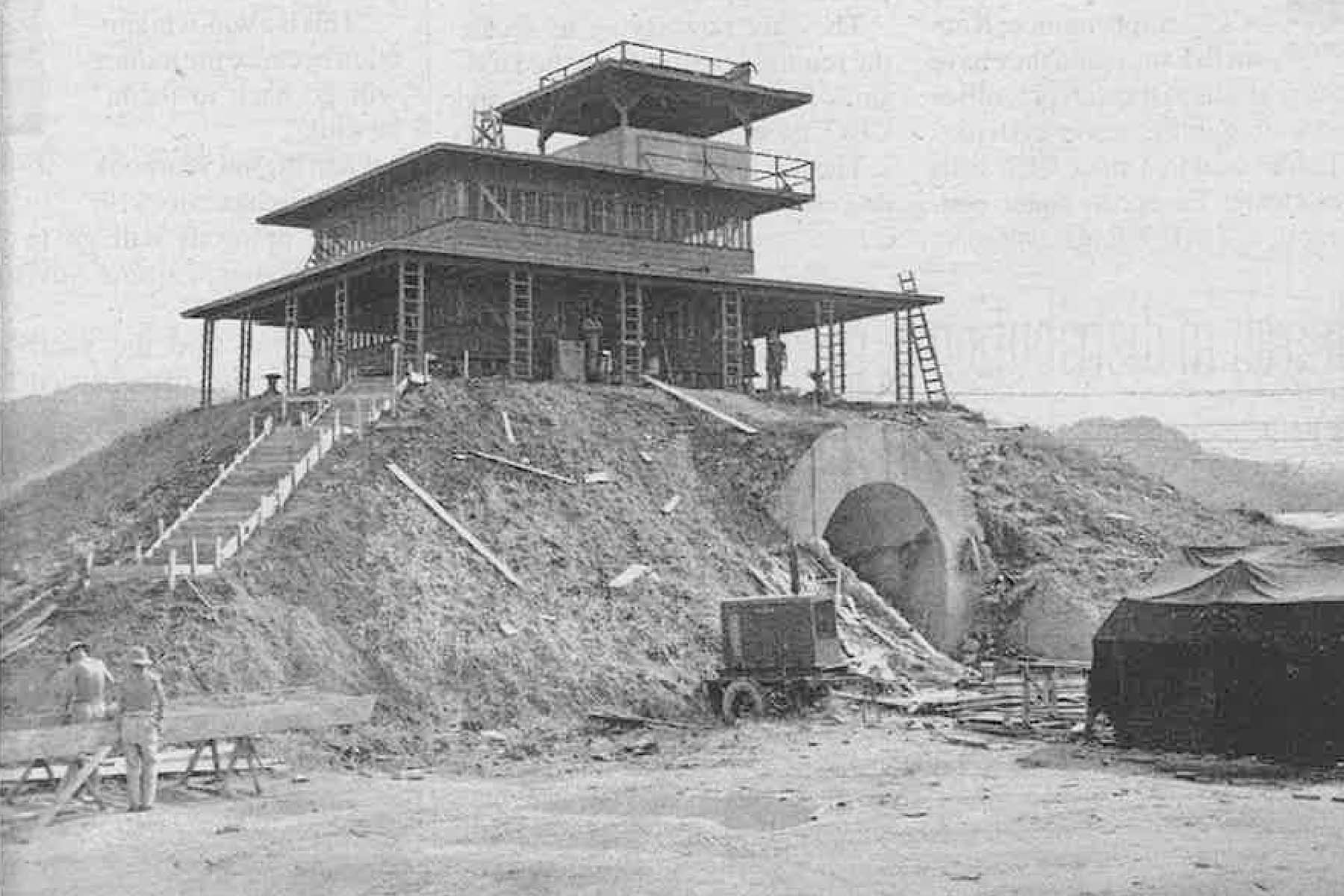
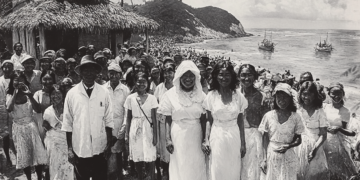
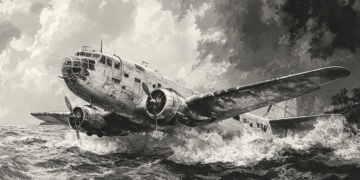

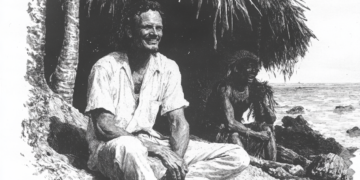
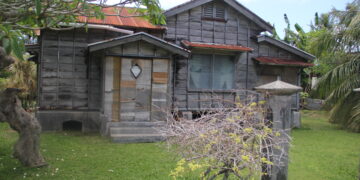




Discussion about this post